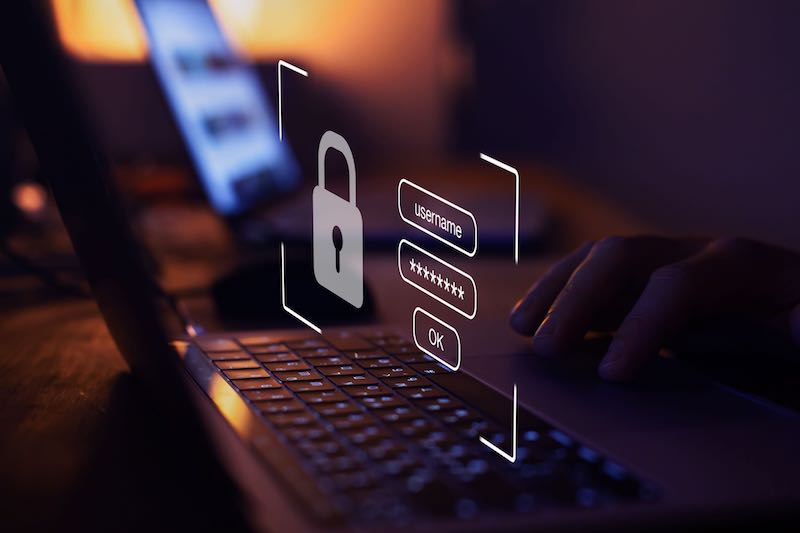The Digital Revolution with OMG Darknet Services for Secure Communications
The digital revolution has reshaped the way individuals and businesses interact, communicate, and exchange information. As technology continues to evolve, the need for secure communication channels has become more critical than ever. With rising concerns over data privacy, cyber threats, and government surveillance, individuals and organizations seek reliable methods to ensure their digital communications remain private and secure. One such avenue that has gained traction is the use of darknet services, which provide a robust framework for anonymous and encrypted communication. Darknet services operate within an encrypted network, making them less susceptible to traditional surveillance methods. Unlike the surface web, which is indexed by search engines and openly accessible, the darknet requires specific software and configurations to access. This added layer of security enables users to communicate without exposing their identity or risking interception by third parties. Such secure platforms have become essential for journalists, activists, businesses, and individuals who value their privacy in an era where data breaches and cyber espionage are prevalent.

One of the most significant advantages of utilizing darknet services is the protection they offer against cyber threats. Traditional online communication channels are vulnerable to hacking, phishing, and data leaks, which can compromise sensitive information. By leveraging encrypted connections and decentralized networks, darknet services mitigate these risks and ensure that communications remain confidential. This is particularly beneficial for enterprises handling sensitive business transactions, researchers working with confidential data, or individuals in regions with restricted internet access. Beyond security, darknet services provide an avenue for free expression and information exchange. In many regions, government censorship and strict regulations limit access to information, restricting the ability of citizens to communicate freely. By using these encrypted networks, individuals can bypass such restrictions and access information without fear of reprisal. This plays a crucial role in protecting journalistic integrity, enabling whistleblowers to expose unethical practices while maintaining anonymity and safeguarding their sources.
Moreover, Омг даркнет services foster innovation in privacy-focused technologies. As demand for secure communication grows, developers continue to enhance encryption protocols and anonymity tools to strengthen online security. This technological advancement not only benefits darknet users but also contributes to improving cybersecurity across the digital landscape. Many encryption techniques pioneered in these networks have been integrated into mainstream applications, enhancing privacy protection for users worldwide. While darknet services provide significant benefits in secure communications, responsible usage is crucial. As with any technology, it can be misused for illicit activities, leading to misconceptions about its purpose and potential. However, when used ethically, these services serve as powerful tools in preserving privacy, safeguarding digital rights, and promoting unrestricted communication. Embracing the digital revolution means recognizing the importance of secure communication and adopting measures that protect online interactions from potential threats, ensuring a safer and more private digital future for all.







